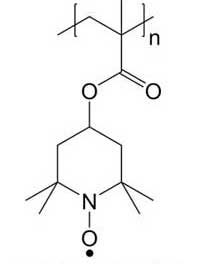
Monday, January 28, 2019
The energy implications of organic radical polymers
New quantum system could help design better spintronics
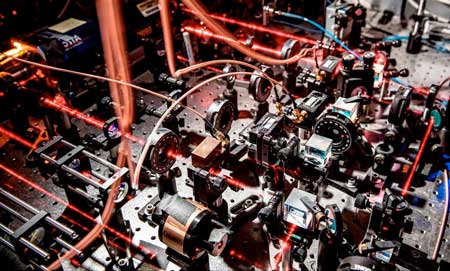
Fluid-inspired material self-heals before your eyes (w/video)
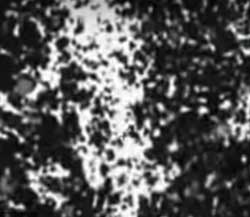
Researchers investigate coated Prussian blue nanoparticles for cancer immunotherapies

Engineer's nanostructured 'metallic wood' has the strength of titanium and the density of water
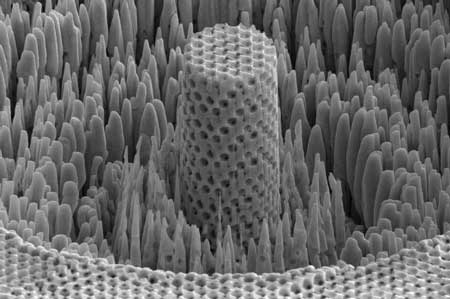
Researchers uncover quantum structure of buckyballs
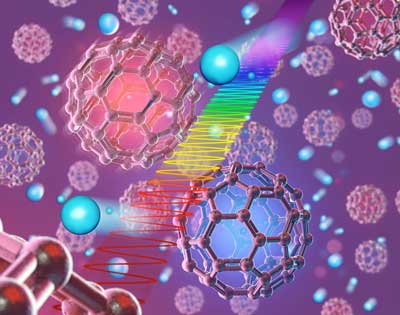
Plasmonic pioneers fire away in fight over light
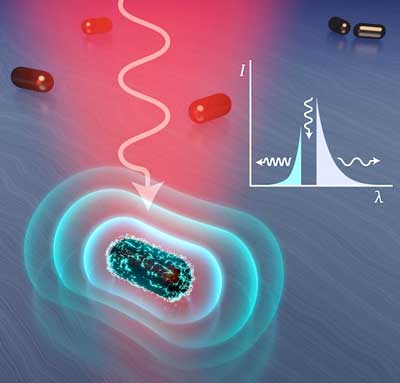
Scientists investigate graphene's effect on light-wave interaction
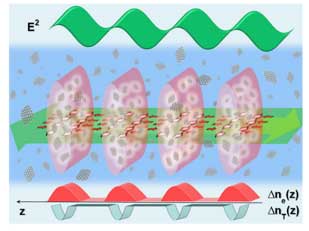
Aerosol-assisted biosynthesis strategy enables functional bulk nanocomposites
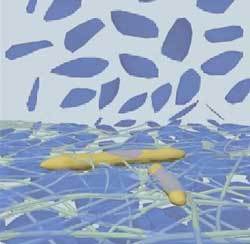
Converting Wi-Fi signals to electricity with new 2-D materials

Turning natural gas into carbon nanotubes cuts energy use, carbon dioxide emissions
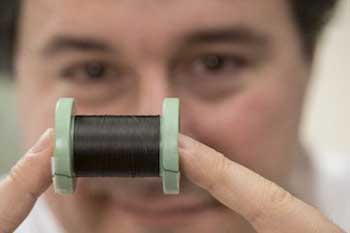
Insulated molecular wires: the smallest electric power cord
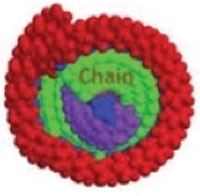
Putting that free energy around you to good use with minuscule energy harvesters
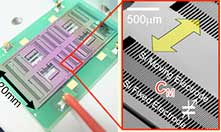
Subscribe to:
Comments (Atom)
